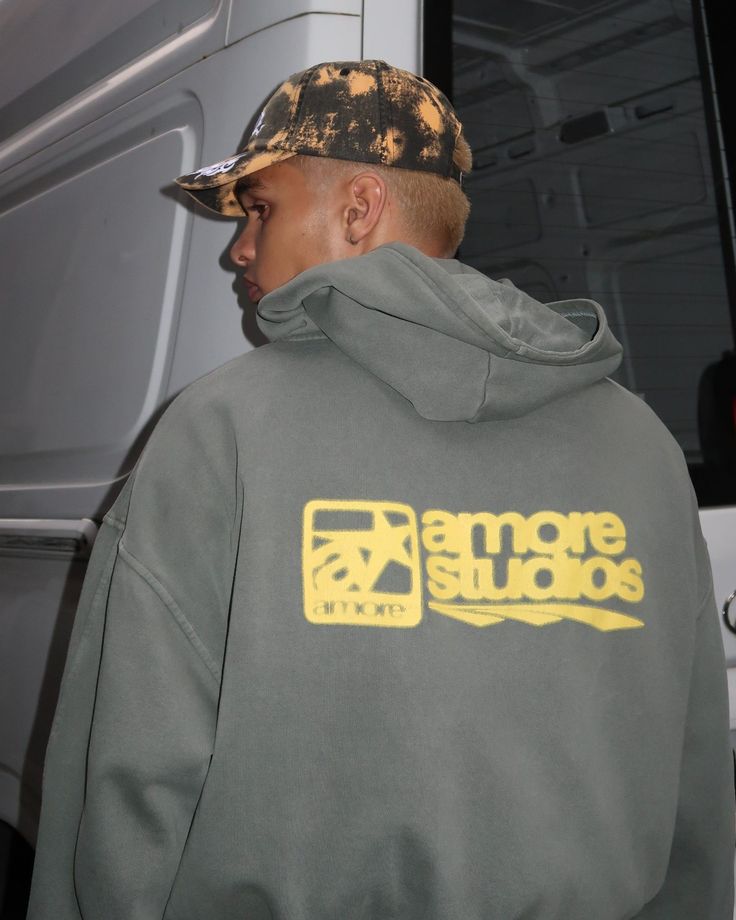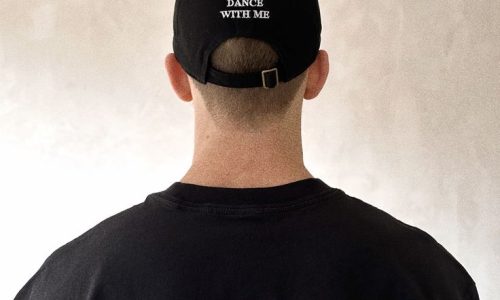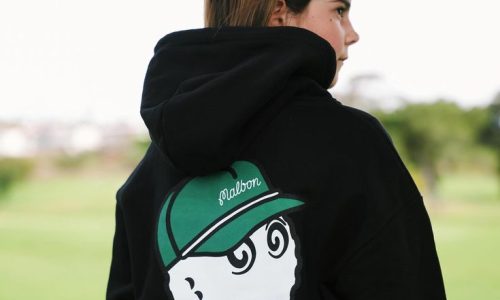
From Street to Runway: The Hottest Fashion Movements Today
Introduction
Fashion in the modern world is no longer dictated solely by the elite or governed by traditional fashion houses. The line between everyday streetwear and high fashion has been blurred beyond recognition, giving rise to a hybrid culture where creativity thrives in all corners of the world. What we wear on the sidewalks of major cities now influences what graces the runways of Paris, Milan, and New York. This transformation is more than a fleeting aesthetic; it marks a fundamental shift in how we perceive, consume, and create fashion.
The Rise of Streetwear as a Global Phenomenon
Over the past two decades, streetwear has evolved from a niche urban subculture to a dominant force in the global fashion economy. Rooted in skateboarding, hip-hop, and youth-driven rebellion, streetwear brands like Supreme, Off-White, and A Bathing Ape have become household names. These brands didn’t just create clothes—they built communities. The emphasis on exclusivity, drops, and limited runs sparked a wave of consumer urgency and redefined the idea of luxury.
Now, streetwear permeates everything from luxury collections to corporate fashion strategy. Collaborations between legacy brands and street labels—such as Louis Vuitton x Supreme or Dior x Air Jordan—demonstrate how high-end fashion no longer looks down on street style, but embraces it. This synergy has helped street fashion gain credibility while infusing established labels with renewed relevance and youth appeal.
Luxury Brands Reimagining Urban Culture
High fashion labels have not only embraced streetwear—they’ve reinterpreted it. Designers such as Virgil Abloh, Kim Jones, and Demna have infused their collections with urban sensibilities while maintaining craftsmanship and exclusivity. This fusion has led to silhouettes that merge the relaxed fit of hoodies with the opulence of embroidery, or sneakers that feature artisanal detailing typically reserved for couture.
These reinterpretations are not just about aesthetics. They reflect a deeper understanding of how younger generations value authenticity, cultural relevance, and identity expression. Runways now showcase garments that would have been considered too casual or unrefined a decade ago. The tracksuit is tailored, the bomber jacket is beaded, and the bucket hat is monogrammed. This dialogue between comfort and couture is defining fashion’s current narrative.
Social Media’s Role in Democratizing Style
Platforms like Instagram, TikTok, and Pinterest have played a crucial role in amplifying emerging fashion movements. Social media has dismantled the traditional gatekeeping system of the fashion world. Now, influencers, content creators, and even everyday individuals can set trends and shape fashion dialogue. Viral fashion moments often begin with a single post and ripple across the digital landscape in minutes.
This digital exposure means that styles from cities like Seoul, Lagos, or São Paulo are no longer regionally confined. A fashion-forward look on the streets of Tokyo can inspire an entire collection in London. This interconnectedness has not only expanded the sources of inspiration but has also made fashion more inclusive and representative of global perspectives.
Subcultures Driving Design Innovation
Street style has always been deeply rooted in subcultural identities. Whether it’s punk, goth, hip-hop, or skate culture, these communities have pushed the boundaries of conventional style. Today’s fashion movements continue this legacy with the rise of niche aesthetics like gorpcore, dark academia, and Y2K revival. Each of these styles offers a rich visual language that designers mine for inspiration.
Brands are no longer just observing these subcultures—they are actively participating in them. Designers engage with real communities through social media, pop-ups, and direct collaborations. This relationship fosters authenticity and results in collections that reflect lived experiences rather than abstract ideas.
Techwear and Functional Fashion
Functionality is now as fashionable as form. The emergence of techwear—clothing designed with performance and utility in mind—speaks to the modern consumer’s demand for garments that work with their lifestyle. Brands like ACRONYM, Guerrilla-Group, and Nike ACG have pioneered this space, blending sleek aesthetics with high-performance materials and modular construction.
These garments often feature waterproof fabrics, multiple pockets, and ergonomic designs. While once limited to niche markets, techwear has found its way into mainstream collections and fashion week presentations. As work, travel, and leisure blur together in today’s world, clothing that adapts becomes increasingly essential.
Upcycling and Sustainable Street Style
The urgency of climate change has prompted fashion enthusiasts to embrace sustainable practices, leading to a surge in upcycled and repurposed clothing. Independent designers and DIY creators are reimagining vintage garments, deadstock fabrics, and thrifted finds into something entirely new. This movement, deeply rooted in street fashion, emphasizes individuality and environmental responsibility.
Fashion houses have taken note. Brands like Marine Serre and Maison Margiela incorporate upcycling into their couture, reinforcing the idea that sustainability and high fashion are not mutually exclusive. Meanwhile, platforms such as Depop and Grailed allow users to trade, sell, and recycle garments, creating a circular economy that supports both creativity and conservation.
The Gender-Fluid Revolution
Street fashion has always challenged societal norms, and today, it leads the charge in breaking down gender barriers. Unisex clothing, gender-neutral silhouettes, and non-binary expression have moved from fringe to forefront. Brands are designing with fluidity in mind, creating collections that defy traditional categorizations.
This shift isn’t about making men’s clothes for women or vice versa—it’s about dismantling the binary altogether. The oversized blazer, wide-leg pants, and structured coat are not bound by gender. This philosophy is echoed in campaigns, runways, and retail strategies that promote inclusivity and reject stereotypes.
Cultural Hybridity and Global Inspirations
Fashion is becoming increasingly syncretic, drawing on multiple cultural influences to create something entirely new. This phenomenon reflects a broader shift toward globalization and multicultural appreciation. Designers are combining textiles, motifs, and techniques from different parts of the world to craft garments that celebrate cross-cultural narratives.
While this has sparked conversations about appropriation, it has also encouraged greater awareness and respect for origin cultures. Collaborations with indigenous artisans and the incorporation of traditional crafts into modern designs represent a promising path forward—one that values heritage while innovating for the future.


